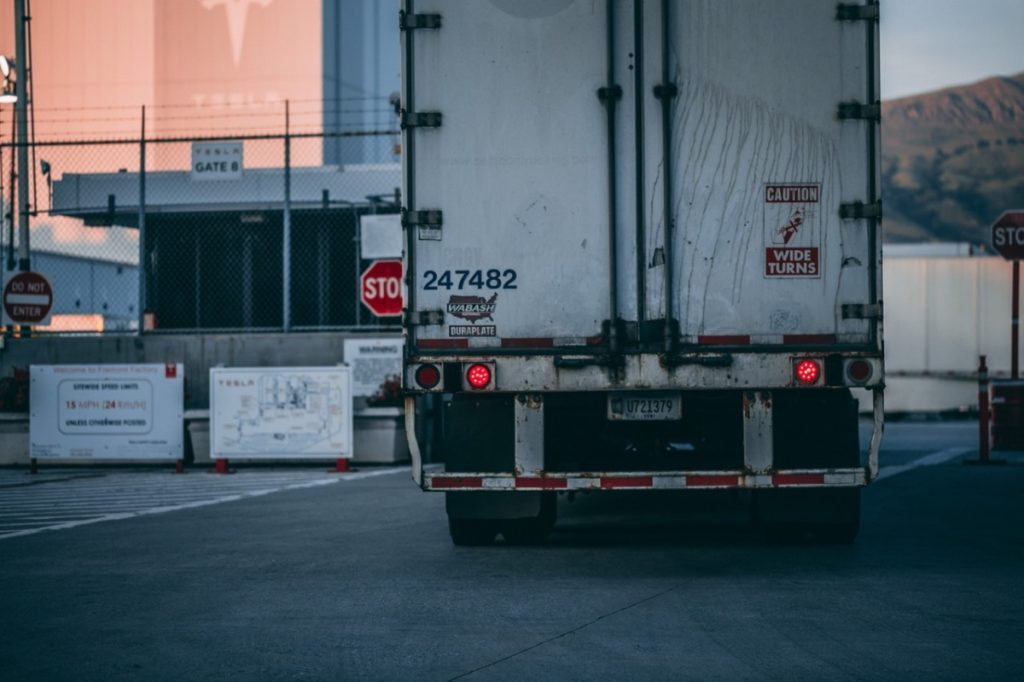For most businesses, loading and unloading vehicles is a part of the daily routine. This is especially true for businesses that involve logistics, delivery of supplies, and transportation. In recent decades, companies witnessed improvements in logistics and transportation, making it easier to deliver items at different points. But despite these innovations, employees are still at risk of getting injuries on their jobs.
Believe it or not, loading and unloading vehicles is one of the common culprits of workplace accidents in courier, distribution, and manufacturing industries. From falling materials to forklift accidents, employees need to stay alert and focused at all times to prevent unexpected injuries. To avoid such accidents, some employers are hiring flatbed trucking services to ensure the safety and promptness of their deliveries.
Shifting loads can easily throw off the balance of any vehicle. It also increases the risks of major accidents that will cost not only your finances but also your employees’ welfare. Regardless of what your business transports, there are ways to do it properly to ensure the security of the vehicle, load, and employees’ safety. This article provides helpful tips for businesses to improve a vehicle’s overall load safety while keeping employees safe.
Proper training for vehicle operators
Loading and unloading accidents are often caused by untrained delivery drivers. Most of them are unaware of the right type of vehicle to use for their load. Meanwhile, others lack proper education on securing and transporting heavy loads.
The first step is to train drivers in selecting the right vehicle for different types of loads. When training new drivers, make sure to include it in their training documents so they can easily clarify which vehicle to choose. Additionally, incorporate the rule in the company’s processes to remind drivers to double-check if the type and size of the vehicle are suitable for the load.
When it comes to load safety, employees should know how to secure their load properly. These include the drivers who should be aware of the different blocks and straps used in vehicles along with their location and the best time to use them. The overall safety relies on the driver to ensure the proper restraints for the type and weight of the load. For instance, heavy items need to be restrained well to prevent them from moving forward in case of an accident.
It is also necessary to train the driver on navigating different company vehicles and how to drive them with a heavy load. Driving a fully-loaded vehicle is different from an empty cargo. The reason is that the weight and type of the load affect the vehicle’s acceleration and brakes. That’s why drivers need to be cautious when driving heavy loads on busy roads and highways.

Vehicle readiness
The readiness of a vehicle affects its ability to handle the loading and unloading of supplies or equipment. Whether it’s a small car, van, or truck, all vehicles require relevant registration and proper maintenance that follows the manufacturer’s safety standards and specifications.
Vehicle readiness in load safety means that a vehicle should have the required features and capability to handle a certain type of load. During loading or unloading, vehicle operators should also be informed about the safety features that involve the vehicle’s stabilizers and brakes.
Drivers should also ensure that the vehicle’s sideboards and tailgates remain closed. As much as possible, over-hang should be prevented or kept to a minimum when unavoidable. If the load has an overhang, make sure the vehicle is visibly marked to prevent accidents along the road. Use reflective marker boards to ensure better visibility, especially at night or in dark areas.
Risk assessment
Before the loading/unloading begins, drivers should conduct a situational risk assessment while implementing necessary controls. A comprehensive risk assessment involves hazards, site risks, transport, and loading/unloading measures. Designated areas for loading/unloading should also be separated to allow individual inspections of vehicles. The area should also be free of debris and uneven surfaces. This approach is essential in the event of an unfamiliar location, commodity, and unfavorable weather condition.
Maintaining communication with the site personnel is also necessary to guarantee the safety of on-site workers, drivers, and the public. In case an accident happens and the workers cannot eliminate the identified hazard or risk, the manager of the site should halt the operations until proper measures have been implemented.
We hope this article helped you in understanding load management so you focus on working on your business and improving sales. Loading and unloading of vehicles have its dangers, but following the right plan and procedure ensures the safety of your employees and your logistics.

